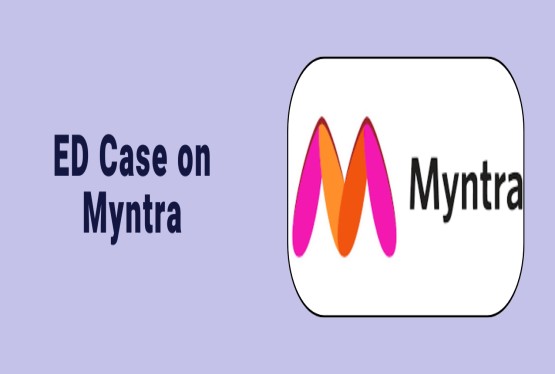The Provident Fund (PF) and Employee State Insurance Corporation (ESIC) are two key social security schemes in India designed to protect employees’ financial and health interests. While both are statutory benefits provided by employers, they serve different purposes. PF is primarily aimed at ensuring long-term savings and retirement security, whereas ESIC offers medical, sickness, and maternity benefits during the course of employment. Understanding the differences between PF and ESIC is for both employers and employees to ensure proper compliance, financial planning, and access to rightful benefits. This article explains how these schemes differ in terms of applicability, contributions, and benefits.
What is a PF and PF returns?
Provident Fund (PF) is a government-backed retirement savings scheme designed for salaried employees in India. It is managed by the Employees’ Provident Fund Organisation (EPFO) under the Ministry of Labour. Both employer and employee contribute a fixed percentage of the employee’s basic salary and dearness allowance to the fund. The purpose of PF is to build a financial cushion for employees after retirement or during emergencies.
PF returns refer to the interest earned on the accumulated PF balance. The government declares the PF returns interest rate annually. For instance, the EPF interest rate for FY 2023-24 was 8.25%. These returns are tax-free and compound yearly, making PF a secure long-term investment.
Eligibility Criteria for PF Registration in India
The Employees’ Provident Fund (EPF) scheme is governed by the Employees' Provident Funds and Miscellaneous Provisions Act, 1952. The eligibility for PF registration depends primarily on the type of establishment and the number of employees:
1. Mandatory Registration for Establishments
Any establishment employing 20 or more employees must mandatorily register for PF with the Employees' Provident Fund Organisation (EPFO). This applies to all sectors including factories, businesses, and service providers.
2. Voluntary Registration
Establishments with less than 20 employees can also register voluntarily under the EPF scheme by obtaining the consent of the majority of employees and the employer. Once registered, the establishment is bound by the same rules as mandatory registrants.
3. Employee Eligibility
-
All employees earning up to Rs.15,000 per month in basic wages and dearness allowance are mandatorily covered under the PF scheme.
-
Employees earning more than Rs.15,000/month can also become PF members voluntarily with mutual consent of the employer and employee.
-
Contractual or temporary employees, including interns and daily wagers, are also eligible if the total number of employees crosses the threshold.
4. International Workers
Employees working in India but drawing salaries from abroad (expatriates) are also covered under PF, subject to specific rules under international social security agreements.
5. New Companies
Any new business or startup employing 20 or more workers at any time after incorporation must apply for PF registration within 30 days.
What is Employee State Insurance Corporation (ESIC)?
Employee State Insurance Corporation (ESIC) is a statutory body established under the Employees’ State Insurance Act, 1948, functioning under the Ministry of Labour and Employment, Government of India. It administers the Employees’ State Insurance (ESI) Scheme, which is a comprehensive social security and health insurance program designed for workers in the organized sector.
The ESIC provides medical care and financial protection to employees and their dependents in case of sickness, maternity, disability, or death due to employment-related injuries. It applies to establishments employing 10 or more employees (in some states, 20) and covers workers earning a monthly wage of Rs.21,000 or less.
Employers contribute 3.25% and employees contribute 0.75% of the wages to fund the scheme. Benefits include free medical treatment, maternity leave compensation, sickness benefits, and pensions for dependents in case of death or disablement. The ESIC operates through a wide network of hospitals, dispensaries, and branch offices across India to provide timely support to insured persons.
Eligibility Criteria for Employee State Insurance Corporation (ESIC) Registration
The Employees’ State Insurance Corporation (ESIC) provides health and social security benefits to employees under the ESI Act, 1948. To qualify for ESIC registration, both employers and employees must meet certain eligibility criteria:
1. Employer Eligibility
-
Establishment Type: All factories and establishments engaged in business, trade, manufacturing, or services are eligible.
-
Number of Employees: The establishment must employ 10 or more employees (in some states, the threshold is 20).
-
Mandatory Registration: Once the employee count crosses the threshold, the employer must register with ESIC within 15 days.
2. Employee Eligibility
-
Wage Limit: Employees earning a monthly gross wage of Rs.21,000 or less are covered under the ESI scheme.
-
Medical Institutions: Employees must work in areas where ESI hospitals and dispensaries are available.
-
Temporary/Contract Workers: Even casual, temporary, or contract-based workers are eligible, provided the wage limit condition is met.
3. Contribution Requirement
-
Employer Contribution: 3.25% of the employee’s gross monthly salary.
-
Employee Contribution: 0.75% of their gross monthly salary.
4. Voluntary Coverage
Establishments or employees not mandatorily covered can opt for voluntary coverage if ESIC permits and proper infrastructure is available.
What is the Difference Between PF and ESIC?
|
Particulars |
Provident Fund (PF) |
Employee State Insurance Corporation (ESIC) |
|
Governing Law |
Employees’ Provident Funds and Miscellaneous Provisions Act, 1952 |
Employees’ State Insurance Act, 1948 |
|
Administered By |
Employees’ Provident Fund Organisation (EPFO) |
Employees’ State Insurance Corporation (ESIC) |
|
Purpose |
Retirement savings and pension benefits |
Health insurance and social security during employment |
|
Applicability |
Establishments with 20 or more employees |
Establishments with 10 or more employees (20 in some states) |
|
Employee Eligibility |
All employees (mandatory up to Rs.15,000/month; voluntary above) |
Employees earning Rs.21,000/month or less |
|
Employee Contribution |
12% of basic salary + DA |
0.75% of gross wages |
|
Employer Contribution |
12% of basic salary + DA (3.67% EPF, 8.33% EPS) |
3.25% of gross wages |
|
Benefits Provided |
Lump sum withdrawal, pension, interest income |
Medical care, maternity, sickness, disability, dependents’ benefits |
|
Coverage Limit |
No salary ceiling for voluntary contribution |
Salary ceiling of Rs.21,000/month for coverage |
|
Withdrawal Option |
Permitted under specific conditions (resignation, retirement, etc.) |
Not applicable; benefits are availed as services |
|
Tax Benefits |
Tax-free under Section 80C and interest income also exempt |
Contributions are not taxable; medical benefits are exempt |
|
Type of Security |
Financial security for retirement |
Health and income security during employment |
Conclusion
Provident Fund (PF) and Employee State Insurance Corporation (ESIC) are two essential components of India’s employee welfare system, but they serve different objectives. PF is aimed at securing an employee’s future by building retirement savings through monthly contributions from both employer and employee. In contrast, ESIC offers immediate health, medical, and social security benefits to employees earning Rs.21,000 or less per month. PF applies to establishments with 20 or more employees, while ESIC applies to those with 10 or more. Compliance and effective employee benefits management. Both schemes together ensure financial stability during employment and after retirement, enhancing the overall well-being of the Indian workforce and contributing to a more secure working environment.
If you have any queries regarding Employee State Insurance Corporation (ESIC), and Provident Fund (PF), then you can connect with Compliance Calendar LLP experts through email info@ccoffice.in or Call/Whatsapp at +91 9988424211.
FAQs
Q1. What is the main difference between PF and ESIC?
Ans. PF is a retirement savings scheme, while ESIC is a health and social security scheme for employees during their service period.
Q2. Who manages PF and ESIC in India?
Ans. PF is managed by the Employees' Provident Fund Organisation (EPFO), and ESIC is managed by the Employees' State Insurance Corporation (ESIC).
Q3. Is PF mandatory for all employees?
Ans. PF is mandatory for employees earning up to Rs.15,000/month in establishments with 20 or more employees. Higher earners can join voluntarily.
Q4. Is ESIC applicable to all employees?
Ans. ESIC is applicable only to employees earning Rs.21,000/month or less and working in establishments with 10 or more employees (20 in some states).
Q5. Can an employee be covered under both PF and ESIC?
Ans. Yes, an employee can be covered under both schemes if the establishment is registered with both EPFO and ESIC and the employee meets the eligibility criteria.
Q6. What benefits do employees get under PF?
Ans. Employees get retirement savings, interest income, pension, and partial withdrawals for emergencies like housing, education, or illness.
Q7. What benefits do employees get under ESIC?
Ans. ESIC provides free medical treatment, sickness and maternity benefits, disablement benefits, and dependent’s pensions.
Q8. Are the PF and ESIC contributions eligible for tax benefits?
Ans. Yes. Employee contributions to PF are eligible for deduction under Section 80C, and the interest earned is tax-free. ESIC benefits are also exempt from tax.












































































_crop10_thumb.jpg)







_Rules,_2025_learn_crop10_thumb.jpg)








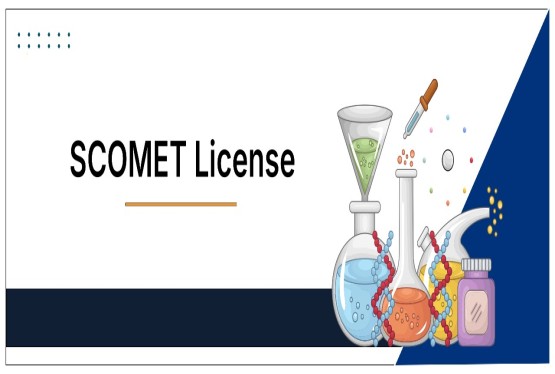



























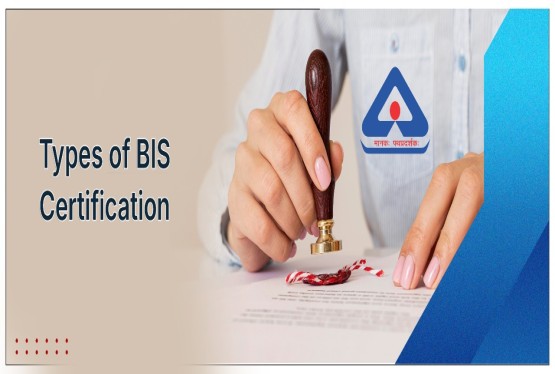
























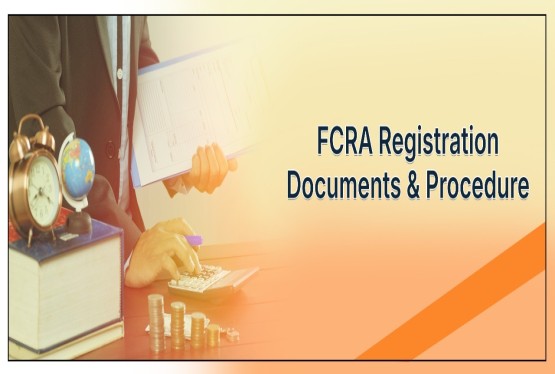


























_crop10_thumb.jpg)








 in BIS FMCS_learn_crop10_thumb.jpg)










_crop10_thumb.jpg)














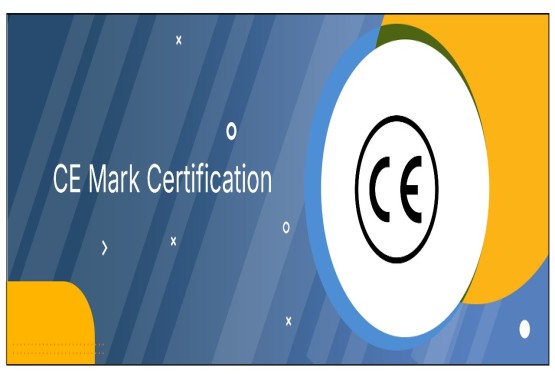
_crop10_thumb.jpg)





_Code C-888_learn_crop10_thumb.jpeg)
_learn_crop10_thumb.jpg)
































































_Certificate_learn_crop10_thumb.jpg)

_Certificate_(1)_crop10_thumb.jpg)

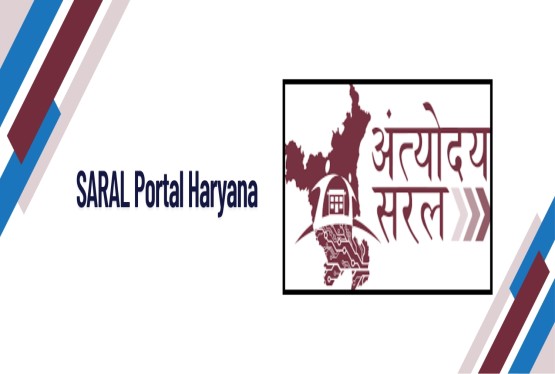




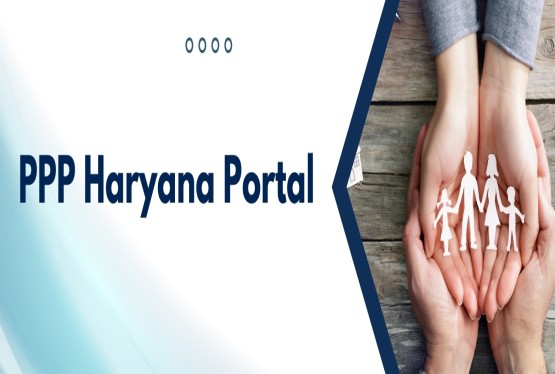








_learn_crop10_thumb.jpg)

_crop10_thumb.jpg)


















_Scheme_learn_crop10_thumb.jpg)


_learn_crop10_thumb.jpg)

